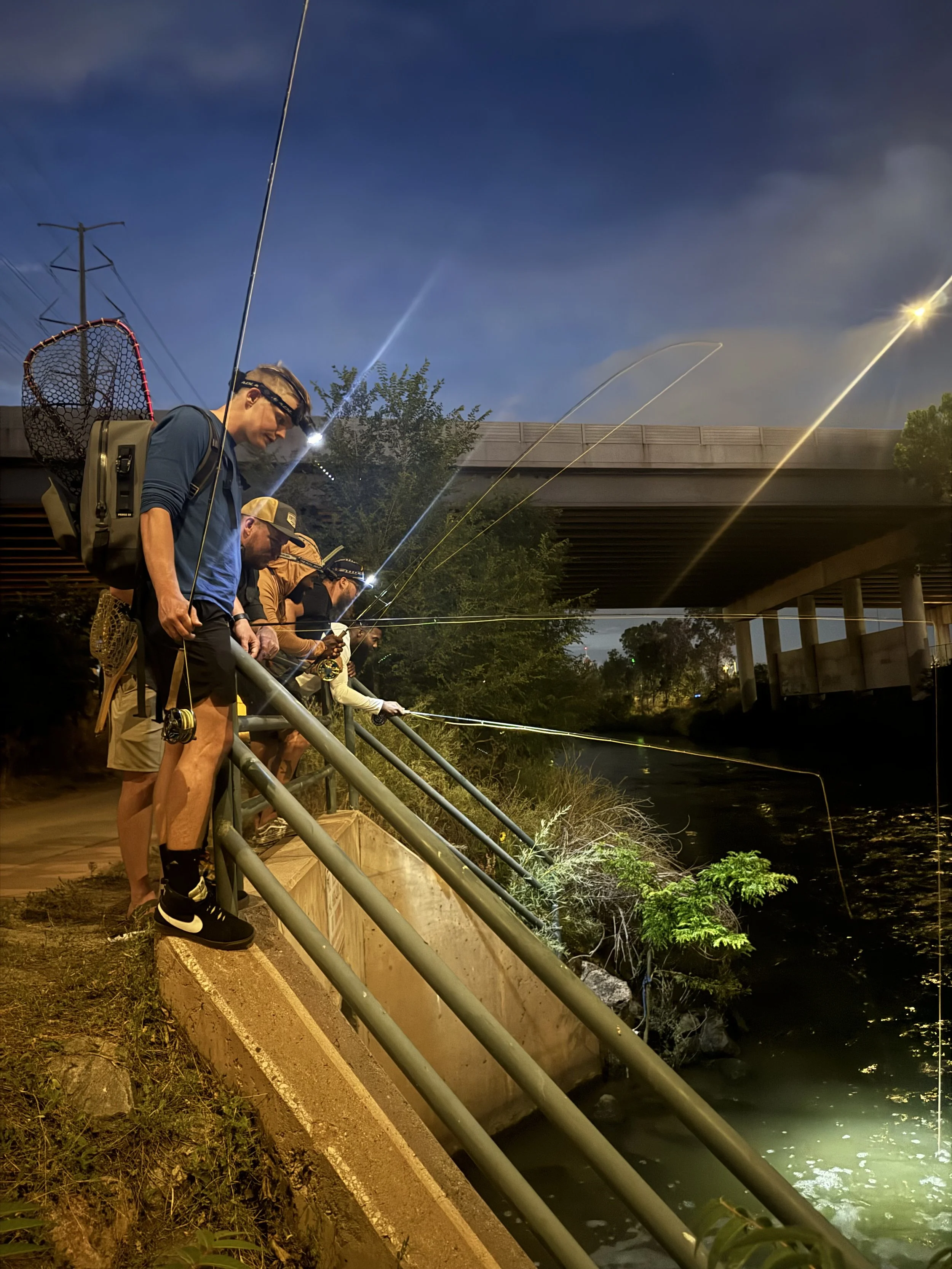BY KEVIN DUGGAN
Coloradoan
A long-running battle over the management of Long Draw Reservoir and efforts to restore a native trout species to its waters appears likely to run even longer.
Fort Collins-based Water Supply & Storage Co. plans to appeal a U.S. Forest Service decision released Sept. 3 that would make it fully responsible for implementing a 15-year plan to restore the greenback cutthroat trout in the reservoir and surrounding streams.
The mitigation program's cost could be considerably higher than the approximately $800,000 projected by the Forest Service in an environmental impact statement, said Dennis Harmon, general manager of the irrigation company.
But even that figure would be more than the company should have to pay in order to keep its permit to operate the reservoir, which was built in 1929 and expanded in 1974.
"We just think this is way out of line for something that is already permitted," he said. "We haven't changed how this facility operates since the '70s.
"We think this mitigation is more appropriate for a new reservoir in the wilderness than on 53 acres of existing reservoir."
Long Draw Reservoir sits below the east side of the Continental Divide, about 35 miles west of Fort Collins in the Roosevelt National Forest. Its water comes from the Grand River Ditch, which traverses a section of Rocky Mountain National Park, and tributary streams.
Water from the reservoir is released into La Poudre Pass Creek, a tributary to the Poudre River.
An effort to renew a Forest Service permit for the expanded portion of the reservoir turned into a decade-long fight when Colorado Trout Unlimited sued in 1994 over a plan that would keep La Poudre Pass Creek dry during the winter. In 2004, a U.S. District Court threw out the permit, forcing the Forest Service to start the permitting process over and to come up with a plan that would protect trout habitat.
http://www.coloradoan.com/article/20100912/NEWS01/9120334/Long-Draw-fight-becoming-more-long-drawn-out







